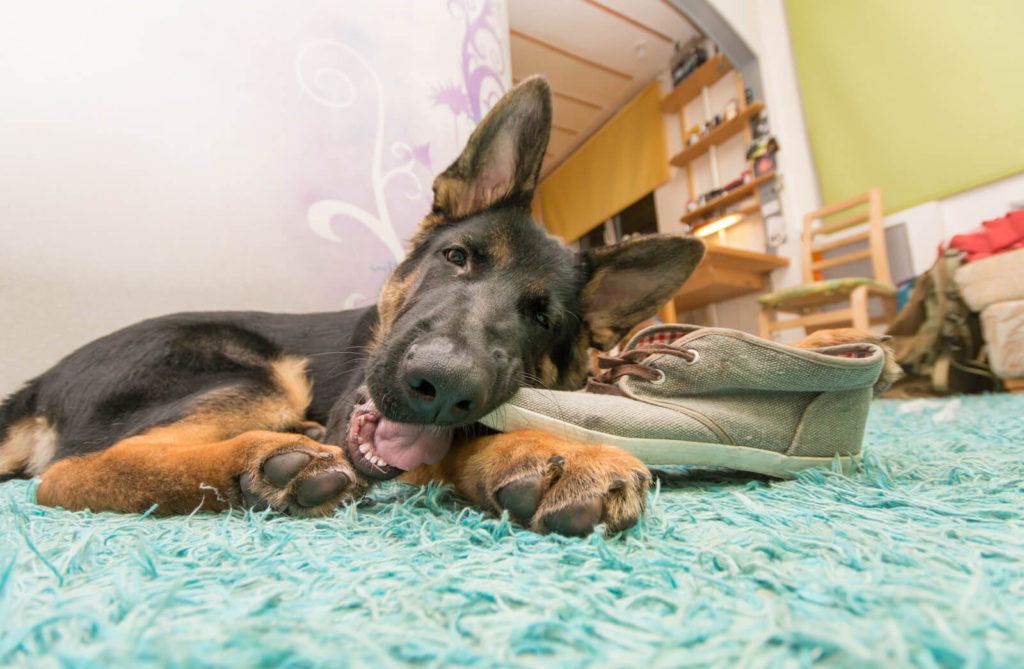Contents
It’s every pet owner’s worst nightmare: your pet eats something they shouldn’t. Whether it’s a chocolate bar left unattended, a houseplant with poisonous leaves, or household cleaning chemicals, pets often get into things that can make them sick. Knowing how to respond quickly and appropriately can make all the difference between a mild stomach upset and a life-threatening emergency.
In this article, we’ll discuss common household items and foods that can be toxic to pets, the signs of poisoning, and the steps to take if your pet ingests something harmful.
Common Toxic Foods and Substances for Pets
There are several common household foods and substances that can be toxic to pets. Recognizing these items and understanding how to protect your pet from them is key to preventing a poisoning emergency.
1. Chocolate
Chocolate contains theobromine, a stimulant that is highly toxic to pets, especially dogs. Dark chocolate contains the highest levels of theobromine, but milk chocolate can also cause problems. Ingesting chocolate can lead to vomiting, diarrhea, rapid breathing, seizures, and even death if consumed in large amounts.
2. Grapes and Raisins
While the exact cause of toxicity is unknown, grapes and raisins can cause sudden kidney failure in dogs. Even small amounts can be dangerous. Symptoms may include vomiting, lethargy, and loss of appetite.
3. Onions and Garlic
Onions, garlic, and other members of the allium family (like leeks and chives) contain compounds that can damage your pet’s red blood cells, leading to anemia. This can cause symptoms such as weakness, lethargy, and pale gums.
4. Xylitol
Xylitol is a sugar substitute found in sugar-free gum, candies, and some peanut butters. It can cause a rapid insulin release in dogs, leading to hypoglycemia (low blood sugar). Symptoms of xylitol poisoning include vomiting, weakness, seizures, and even liver failure.
5. Alcohol
Even small amounts of alcohol can be toxic to pets. Whether it’s alcohol from a beverage or the fermentation of raw dough, alcohol can cause vomiting, diarrhea, decreased coordination, and respiratory failure.
6. Household Cleaning Products
Common cleaning products like bleach, ammonia, and toilet bowl cleaners are highly toxic to pets. They can cause burns, gastrointestinal upset, and damage to internal organs if ingested.
For a complete list of toxic foods and substances, feel free to check out our pet wellness page.
Signs Your Pet May Have Ingested Something Harmful
Pets may show various symptoms depending on the substance they’ve ingested. Here are some common signs of poisoning in pets:
- Vomiting or diarrhea
- Excessive drooling or foaming at the mouth
- Lethargy or weakness
- Seizures or tremors
- Loss of appetite or trouble eating
- Difficulty breathing or rapid heart rate
- Pale or bluish gums
- Increased thirst or urination
- Changes in behavior, such as confusion or disorientation
If you notice any of these signs, it’s important to take immediate action and contact a veterinarian.
What to Do If Your Pet Eats Something Toxic
If you suspect your pet has ingested something toxic, here’s what you should do:
1. Stay Calm
First, try to remain calm. Panicking can make the situation more difficult for both you and your pet. Take a few deep breaths and assess the situation.
2. Contact Your Veterinarian Immediately
If you know or suspect that your pet has eaten something harmful, call your veterinarian or an emergency animal clinic right away. Be ready to provide the following information:
- What your pet ate
- How much your pet ate (if you know)
- When your pet ingested the substance
- Your pet’s size, breed, and age
If you’re unsure whether the substance is toxic, it’s better to call and ask for guidance.
3. Do Not Induce Vomiting Without Professional Guidance
In some cases, inducing vomiting can help remove the toxic substance from your pet’s stomach. However, you should only attempt this under the guidance of a veterinarian. Certain substances, such as alkaline cleaners or sharp objects, can cause more harm if vomited.
4. Bring the Substance or Packaging to the Vet
If possible, bring the packaging or a sample of the ingested substance with you to the vet. This will help your veterinarian understand what they’re dealing with and make treatment decisions quickly.
5. Seek Emergency Vet Care
If your pet is showing severe symptoms like vomiting, seizures, or difficulty breathing, it’s important to get them to an emergency vet immediately.
Prevention: How to Avoid Poisoning Accidents
Preventing poisoning is always the best course of action. Here are some steps you can take to protect your pet:
- Store toxic substances securely: Keep foods like chocolate, raisins, and xylitol out of your pet’s reach, and store cleaning products in cabinets your pet can’t access.
- Properly dispose of waste: Dispose of food scraps, garbage, and packaging that could be toxic to your pet.
- Monitor your pet: Be vigilant about what your pet eats. Supervise outdoor play and keep hazardous plants and foods out of reach.
- Training: Teaching your dog basic commands like “leave it” can help them avoid dangerous situations.
Final Thoughts
Knowing what to do if your pet eats something harmful is vital for preventing severe health issues. Quick action, coupled with the guidance of a veterinarian, can help ensure your pet stays safe and healthy.If your pet has ingested something toxic, don’t hesitate to contact us at (936) 321‑2000 for urgent care and guidance. Our team at Kainer Veterinary Hospital is here to provide your pet with the best care possible in an emergency.


